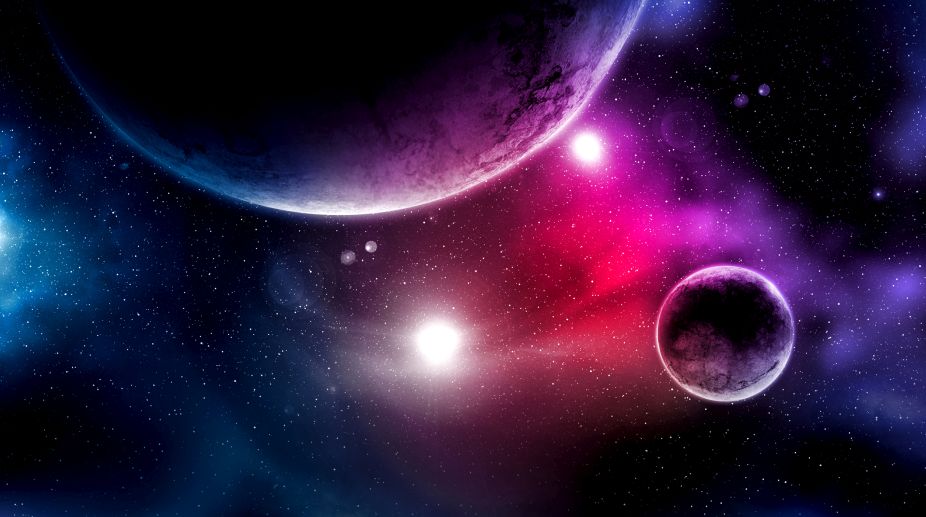Man’s body found hanging from under construction flyover in Delhi
In another incident, a man jumped into a drain in West Delhi, died.

(Photo: Getty Images)
Shedding new light on how stars are born, researchers have found evidence that death of massive stars, those more than 10 times the mass of our Sun, may lead to the birth a new generation.
Led by researchers at Cardiff University in Britain, the group of scientists discovered a rich inventory of molecules at the centre of an exploded star for the very first time.
Two previously undetected molecules, formylium (HCO+) and sulphur monoxide (SO), were found in the cooling aftermath of Supernova 1987A, located 163,000 light years away in a nearby neighbour of our own Milky Way galaxy.
Advertisement
It was previously thought that the massive explosions of supernovae would completely destroy any molecules and dust that may have been already present.
However, the detection of these unexpected molecules, published in the journal Monthly Notices of the Royal Astronomical Society, suggests that the explosive death of stars could lead to clouds of molecules and dust at extremely cold temperatures, which are similar conditions to those seen in a stellar nursery where stars are born.
"This is the first time that we've found these species of molecules within supernovae, which questions our long held assumptions that these explosions destroy all molecules and dust that are present within a star," said lead author of the study Mikako Matsuura from Cardiff University's School of Physics and Astronomy.
"Our results have shown that as the leftover gas from a supernova begins to cool down to below 200 degree Celsius, the many heavy elements that are synthesised can begin to harbour rich molecules, creating a dust factory," Matsuura added.
"What is most surprising is that this factory of rich molecules is usually found in conditions where stars are born. The deaths of massive stars may therefore lead to the birth of a new generation," Matsuura said.
The team arrived at their findings using the Atacama Large Millimeter/submillimeter Array (ALMA) telescope in Chile to probe the heart of Supernova 1987A in remarkably fine detail.
Advertisement